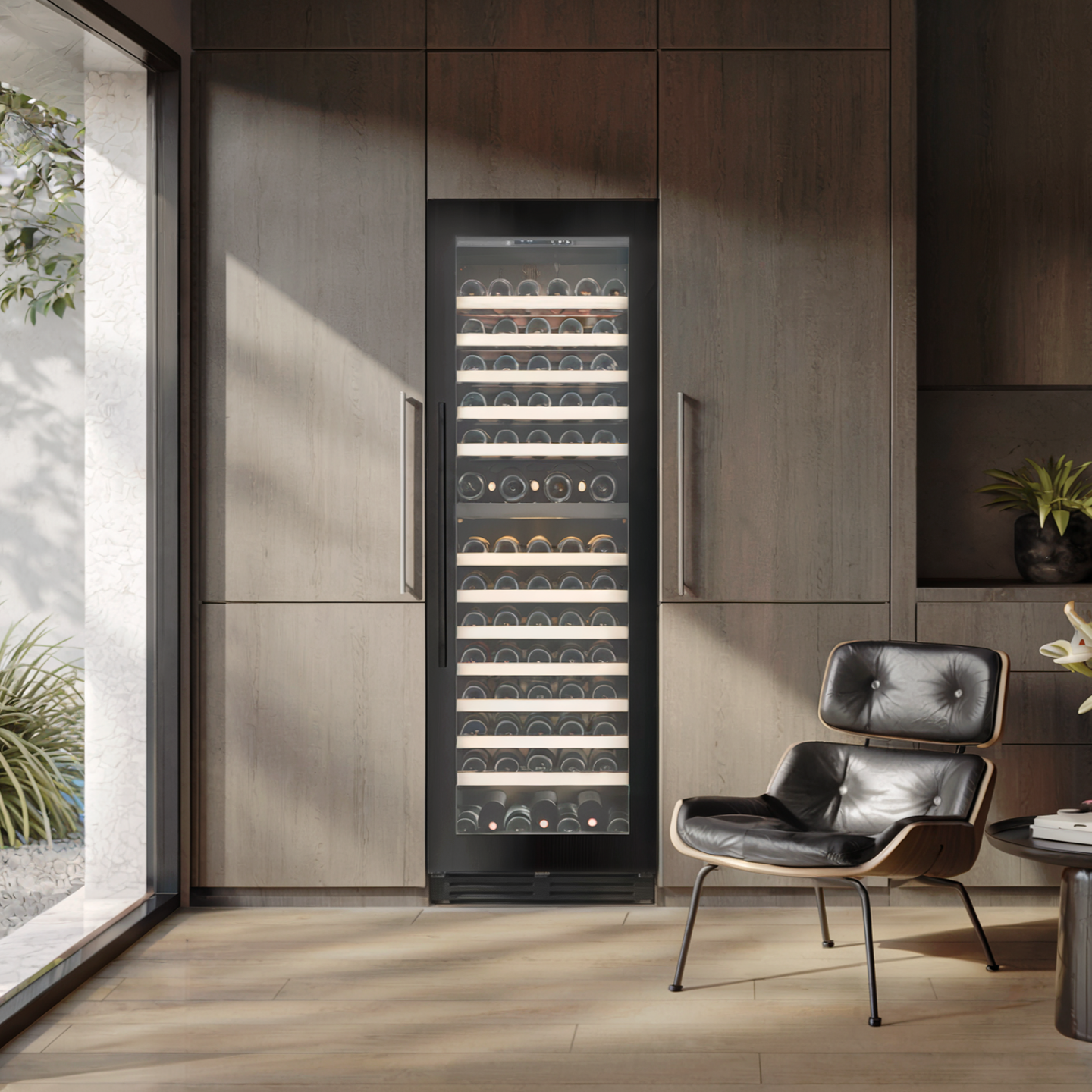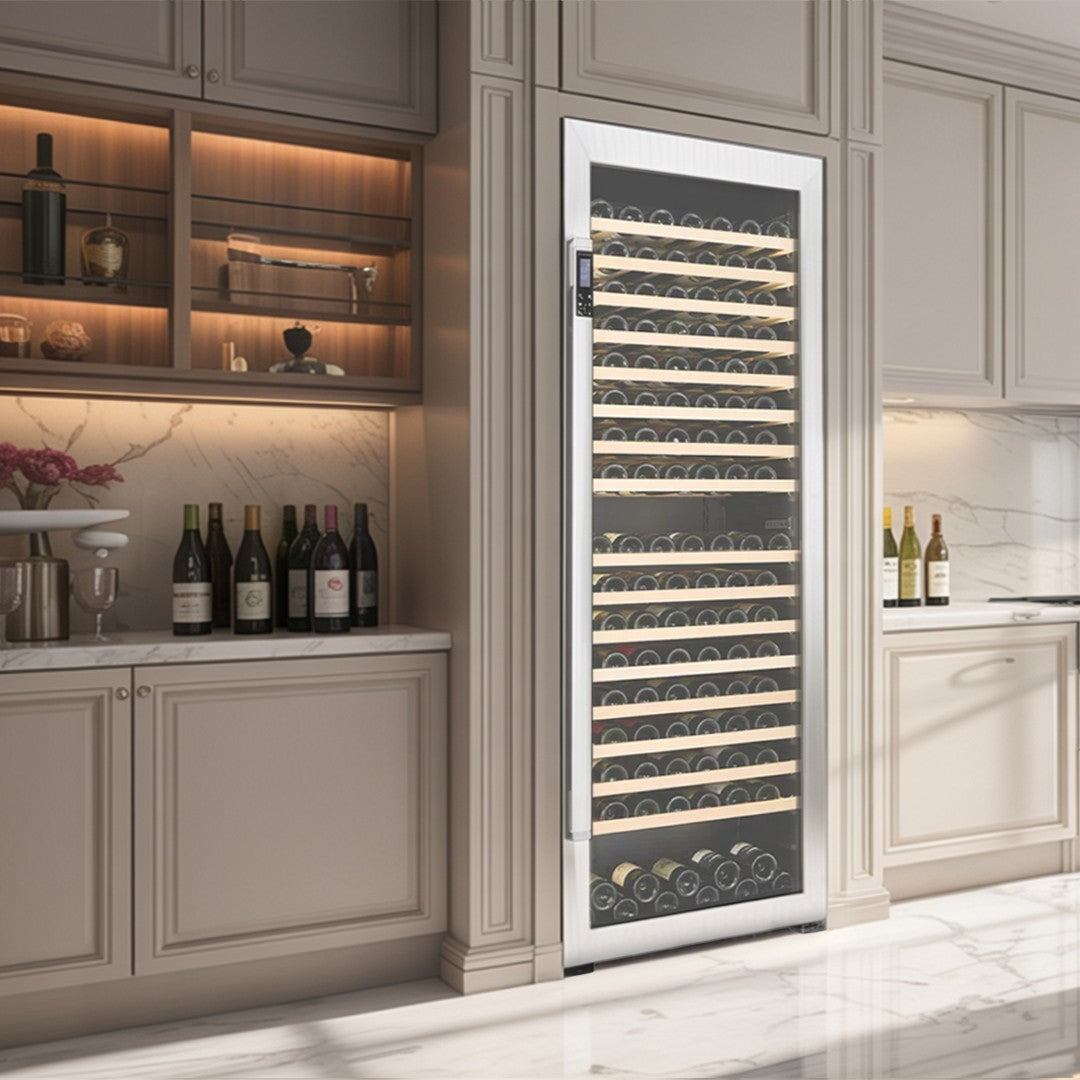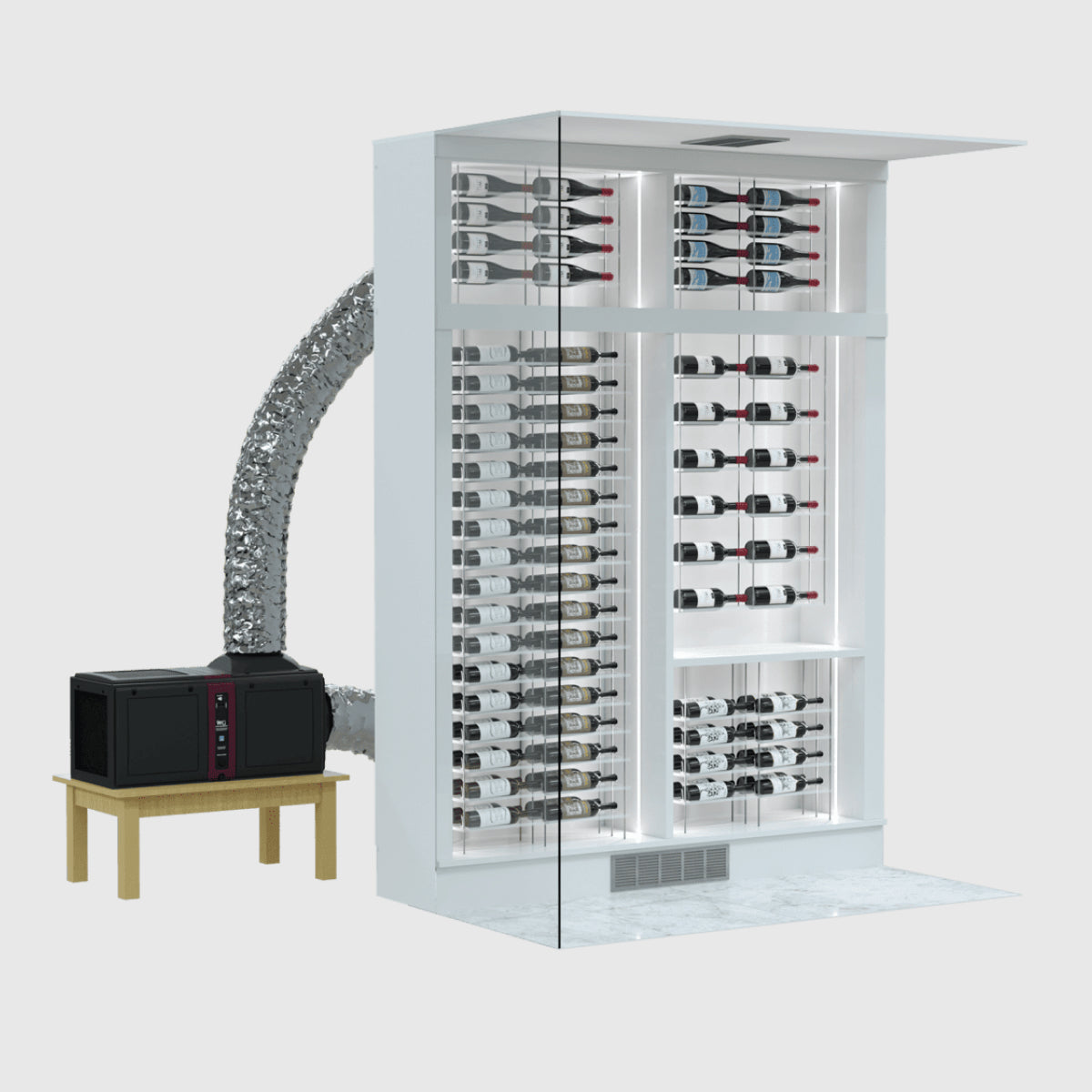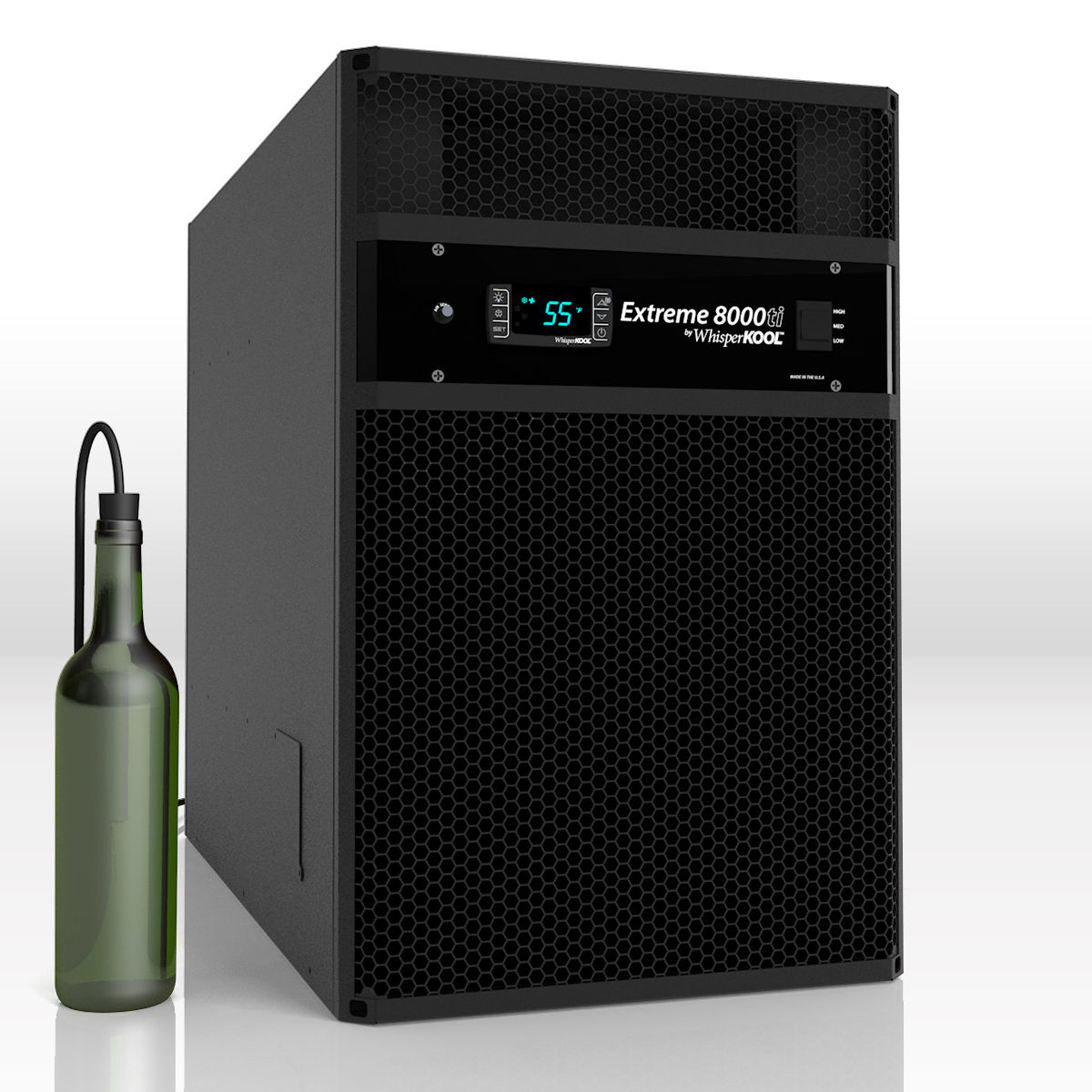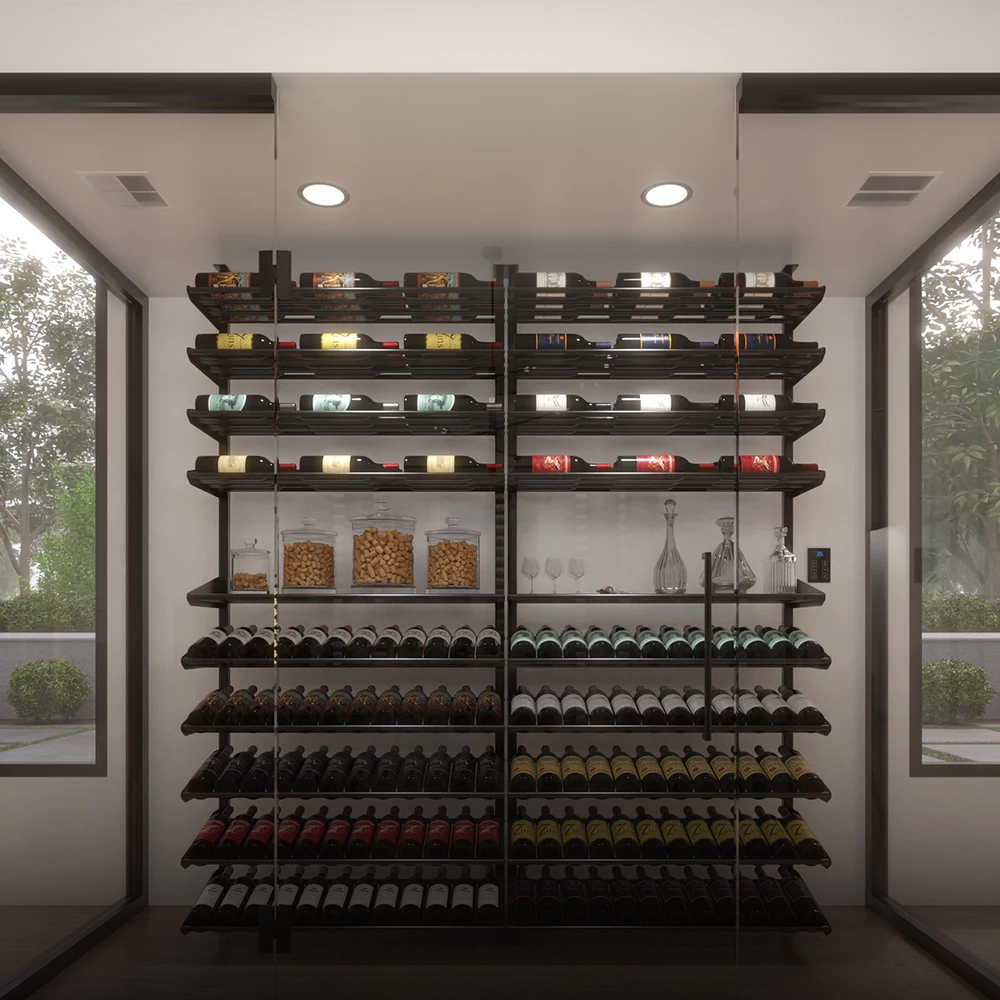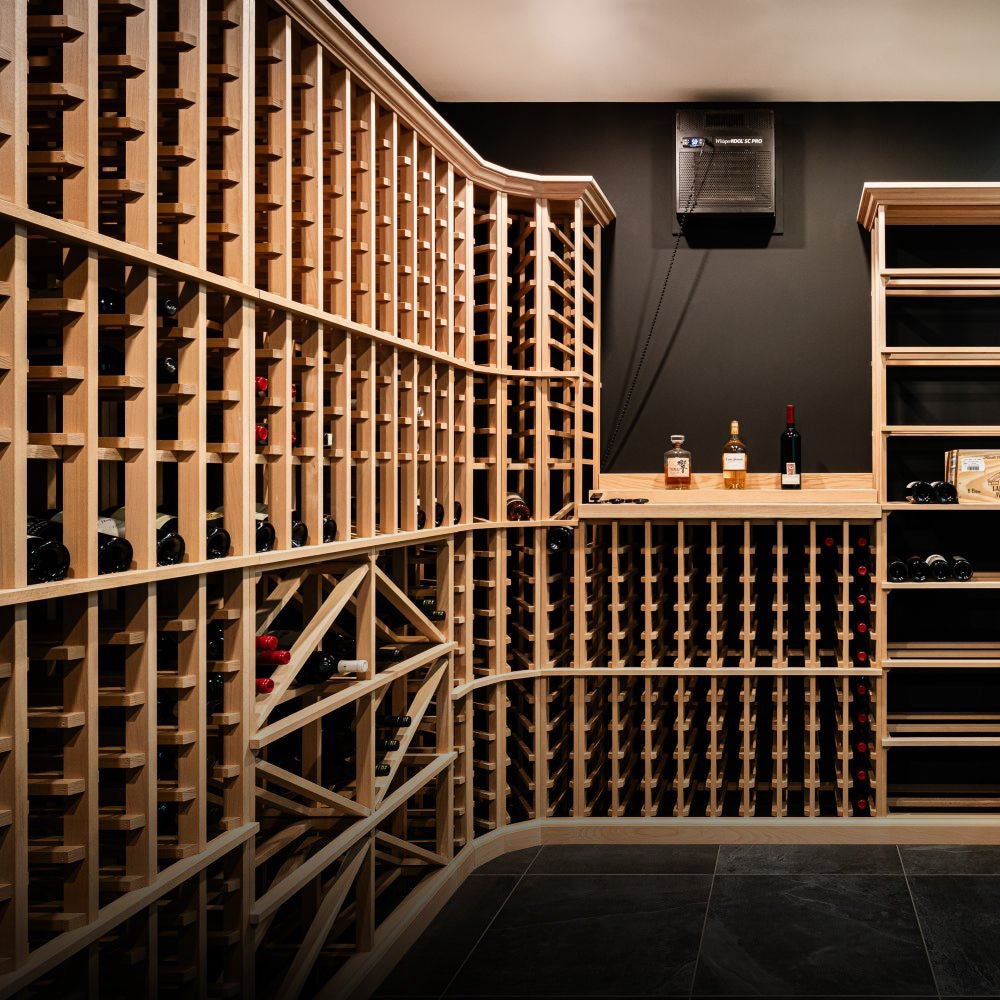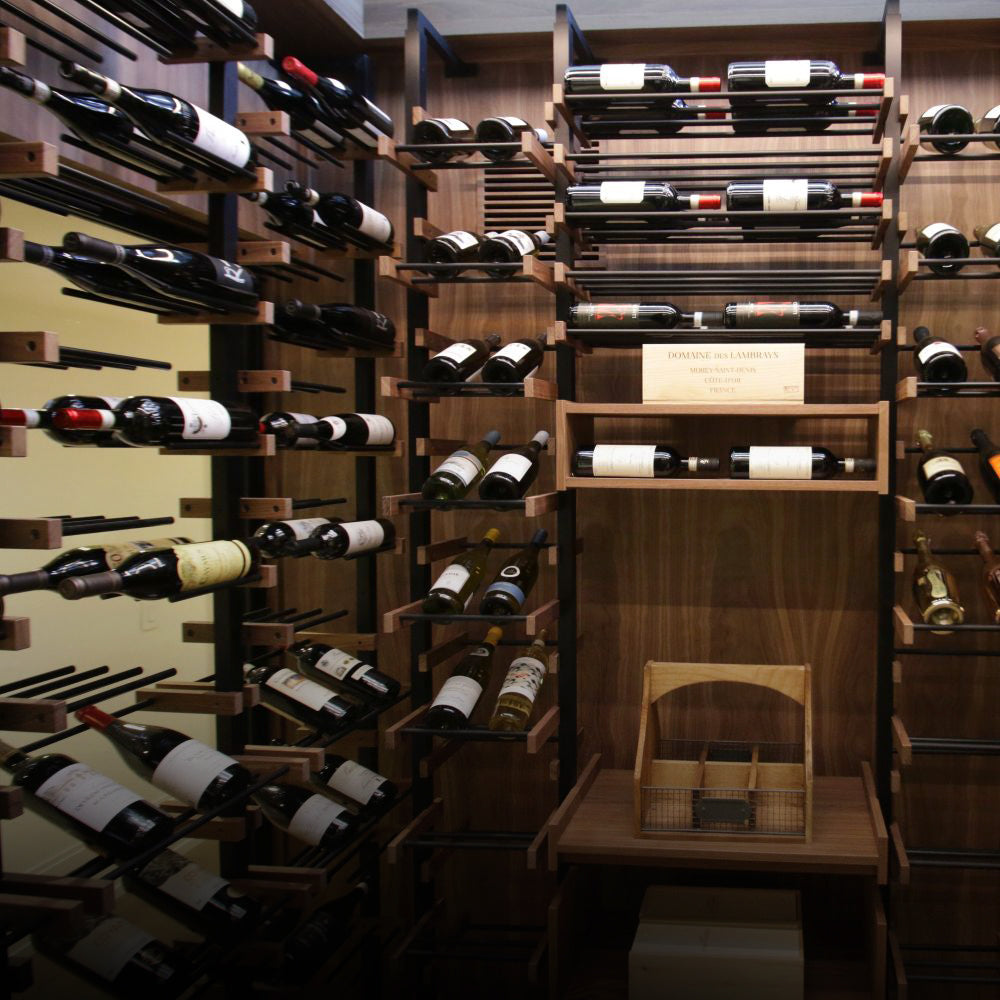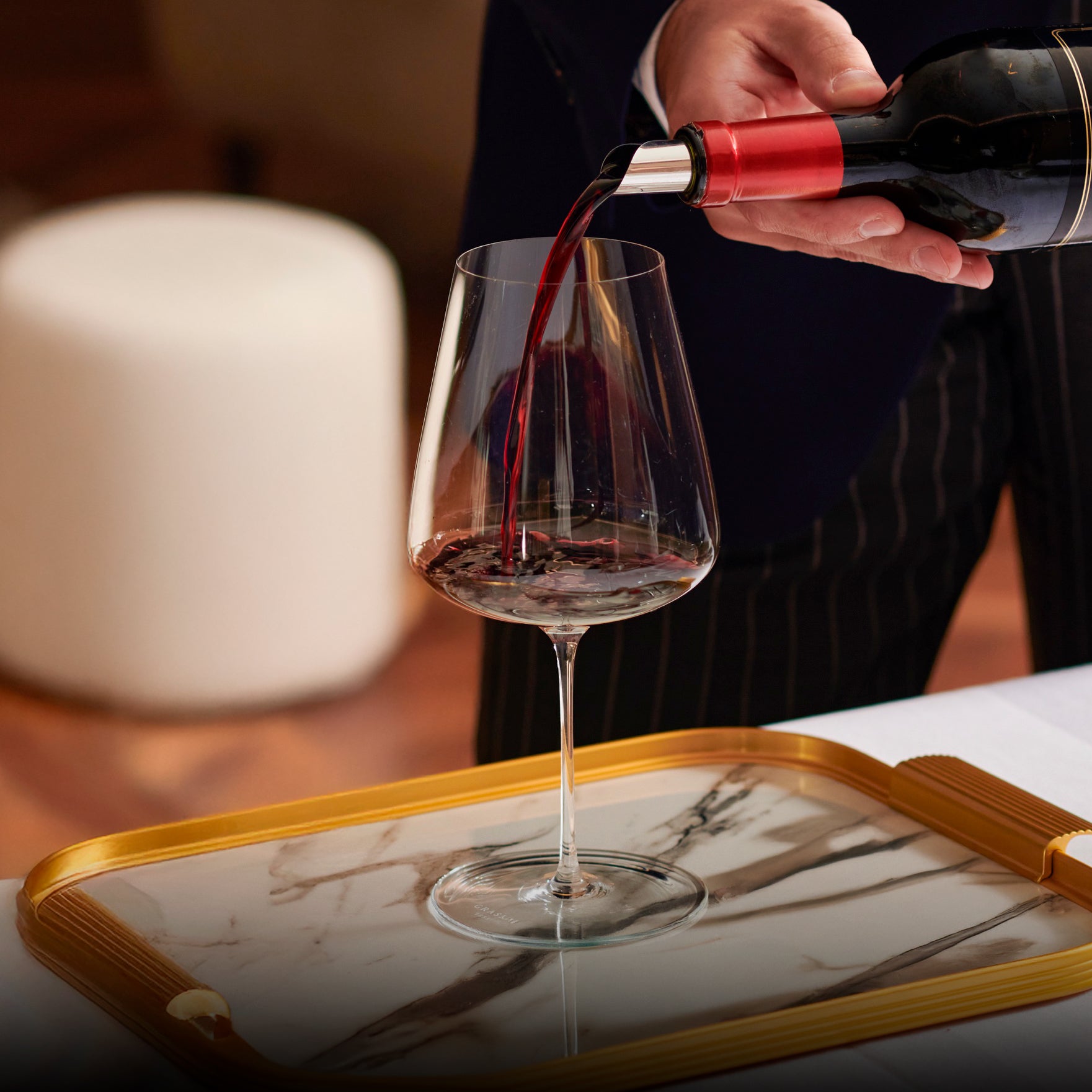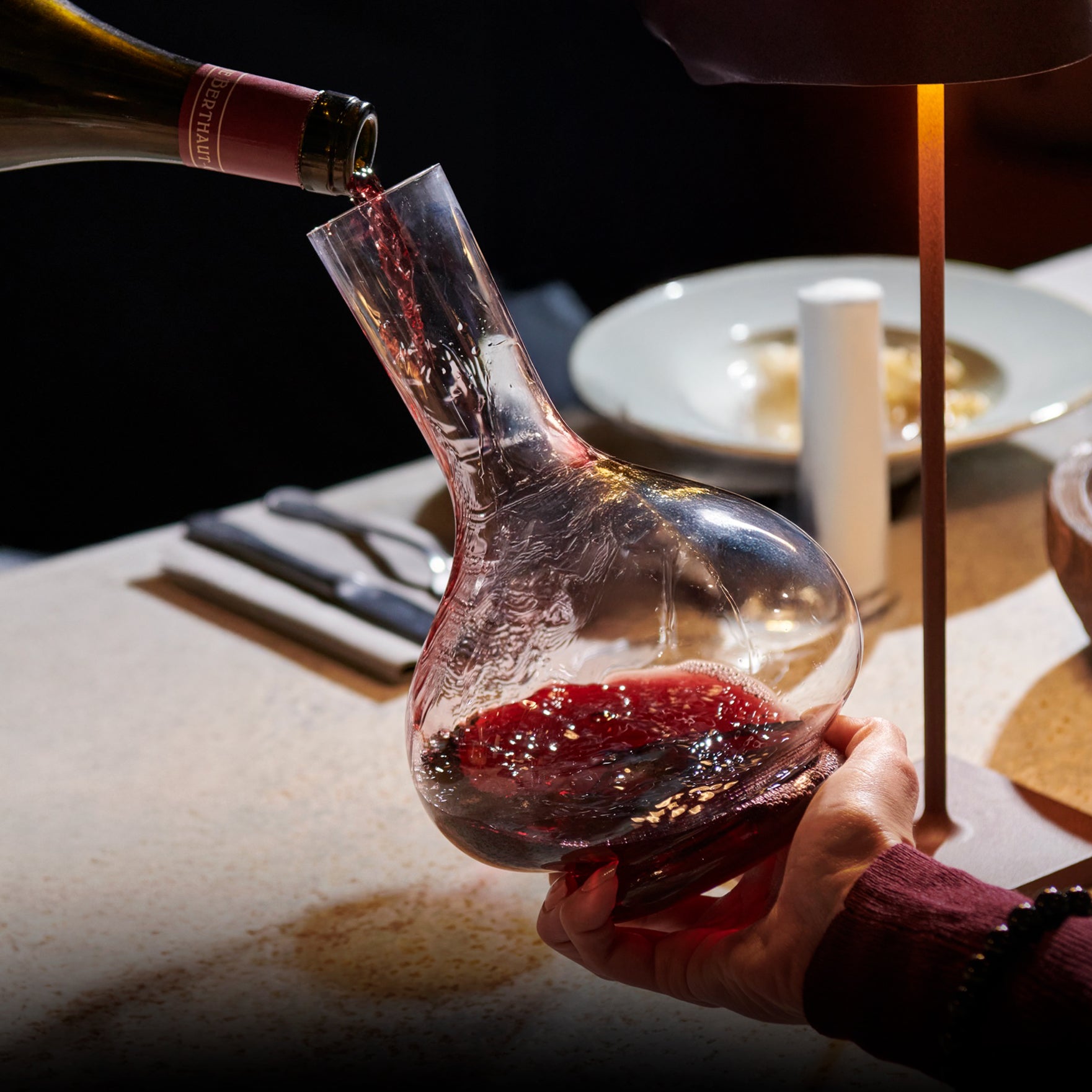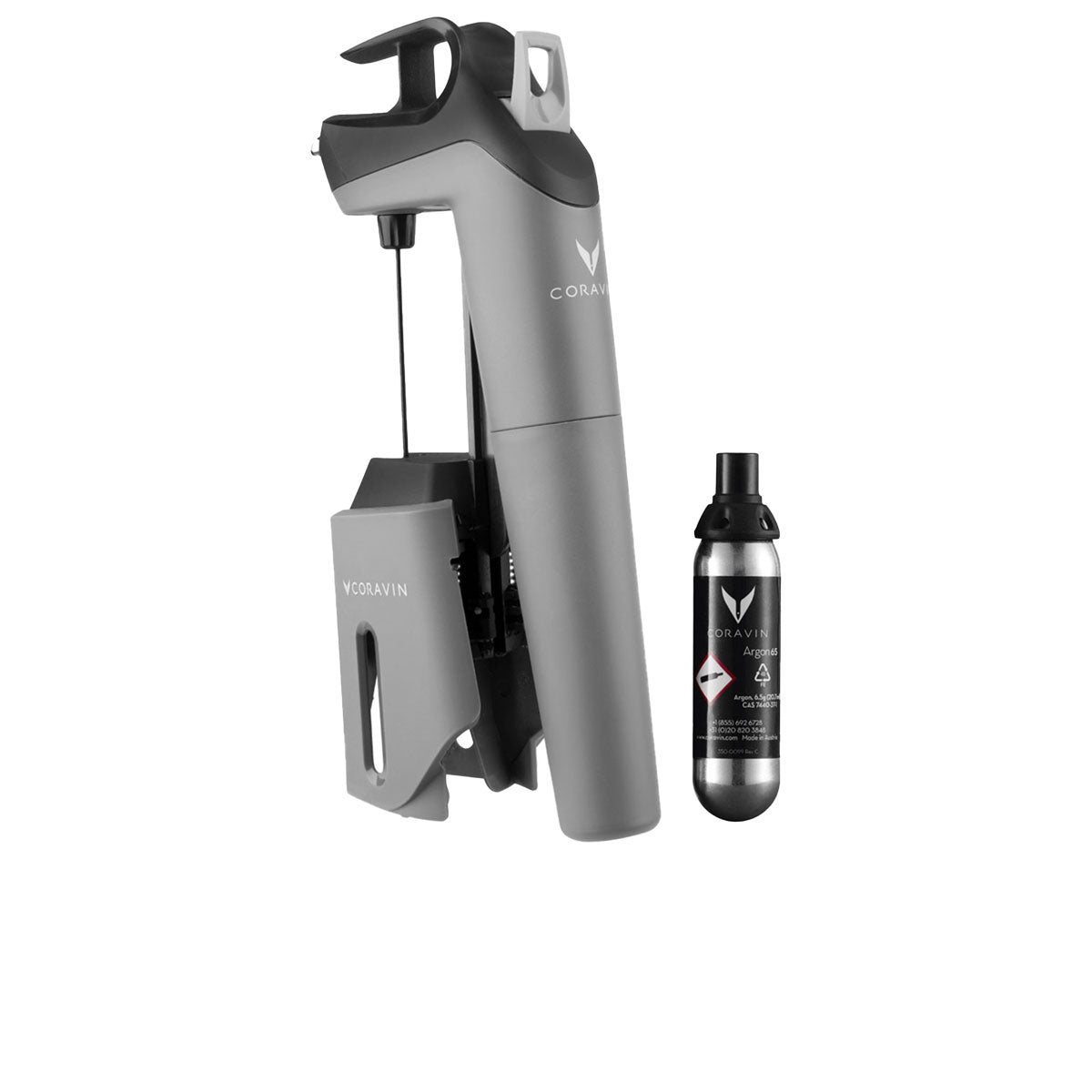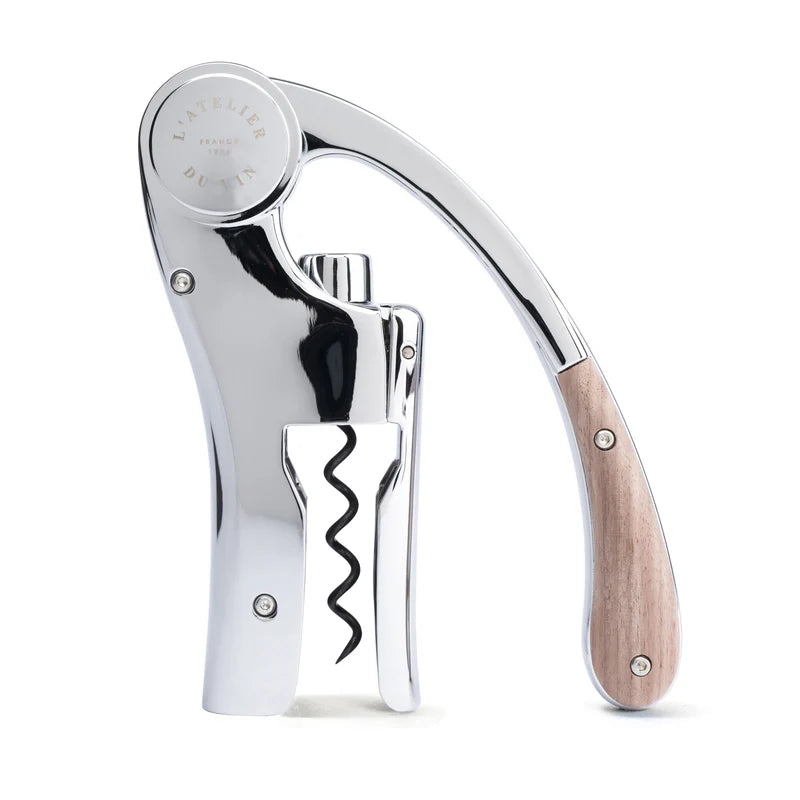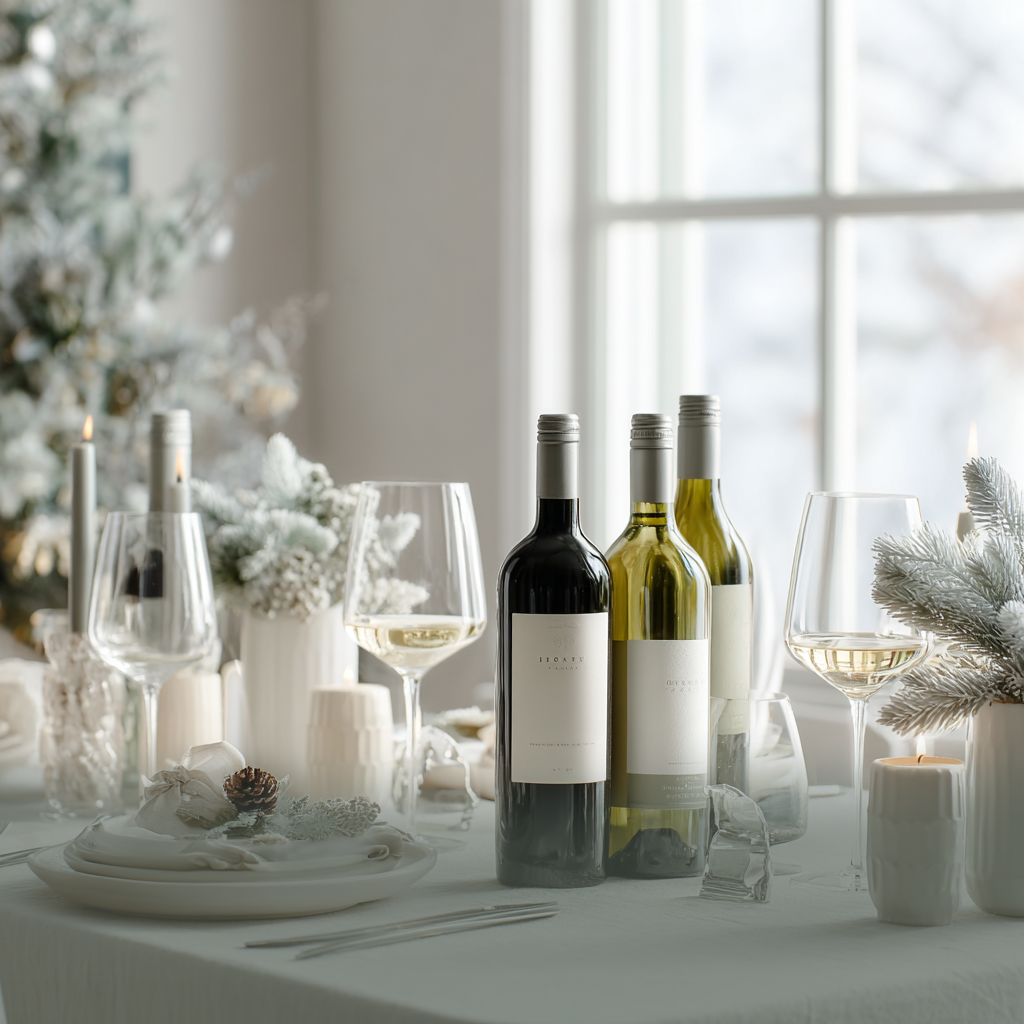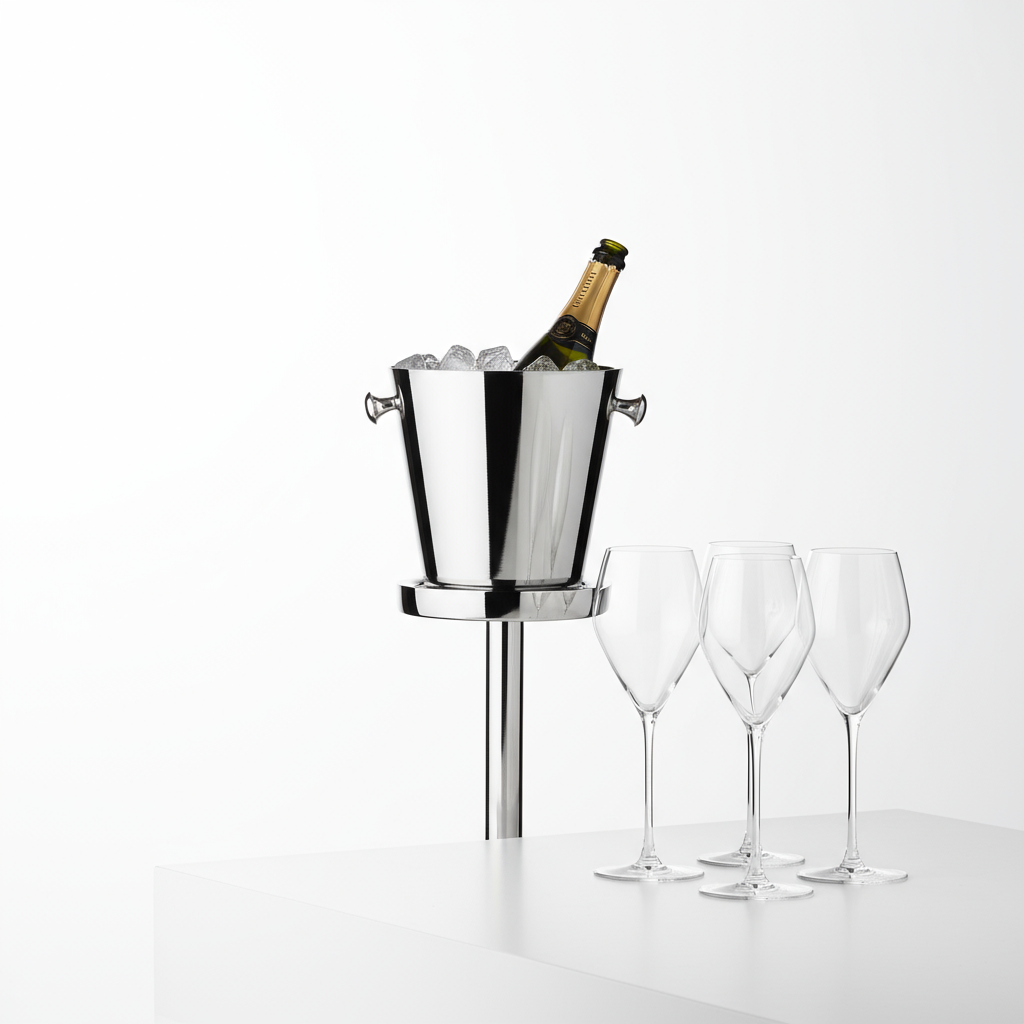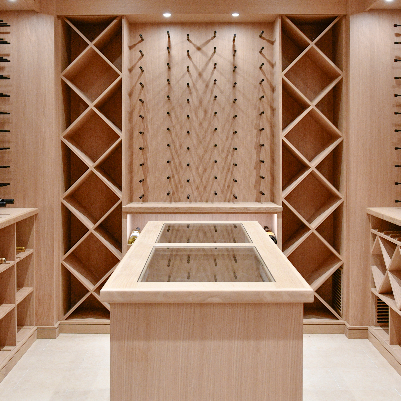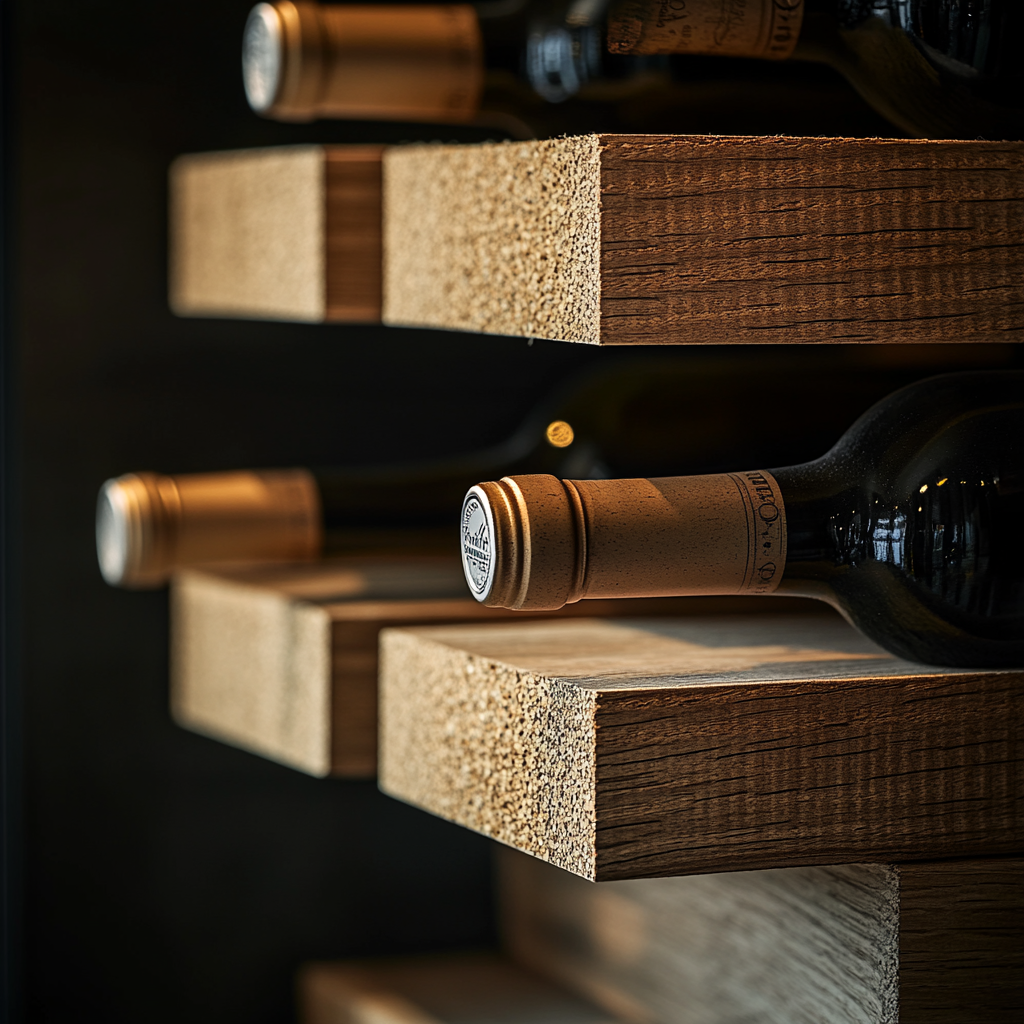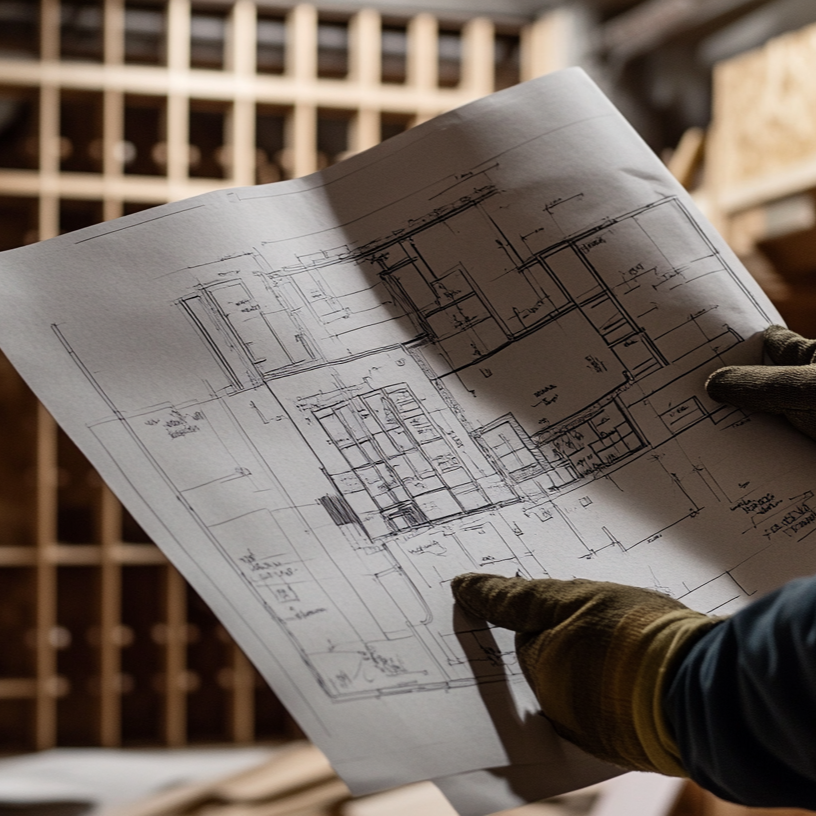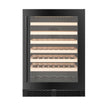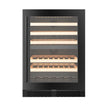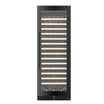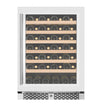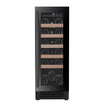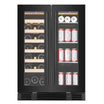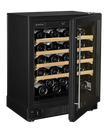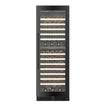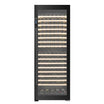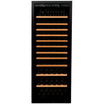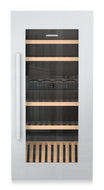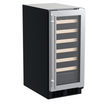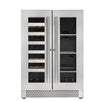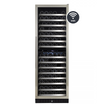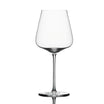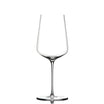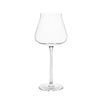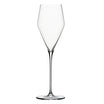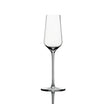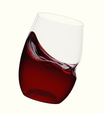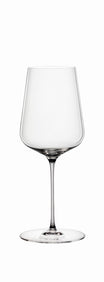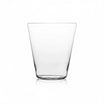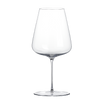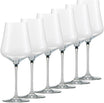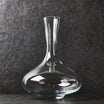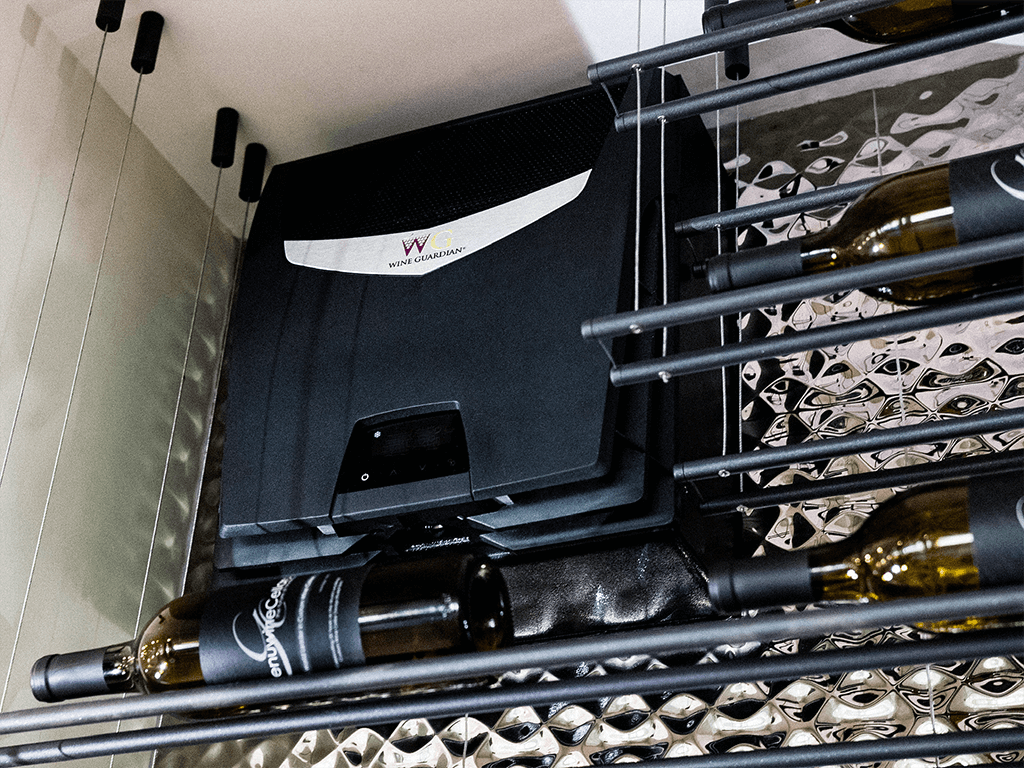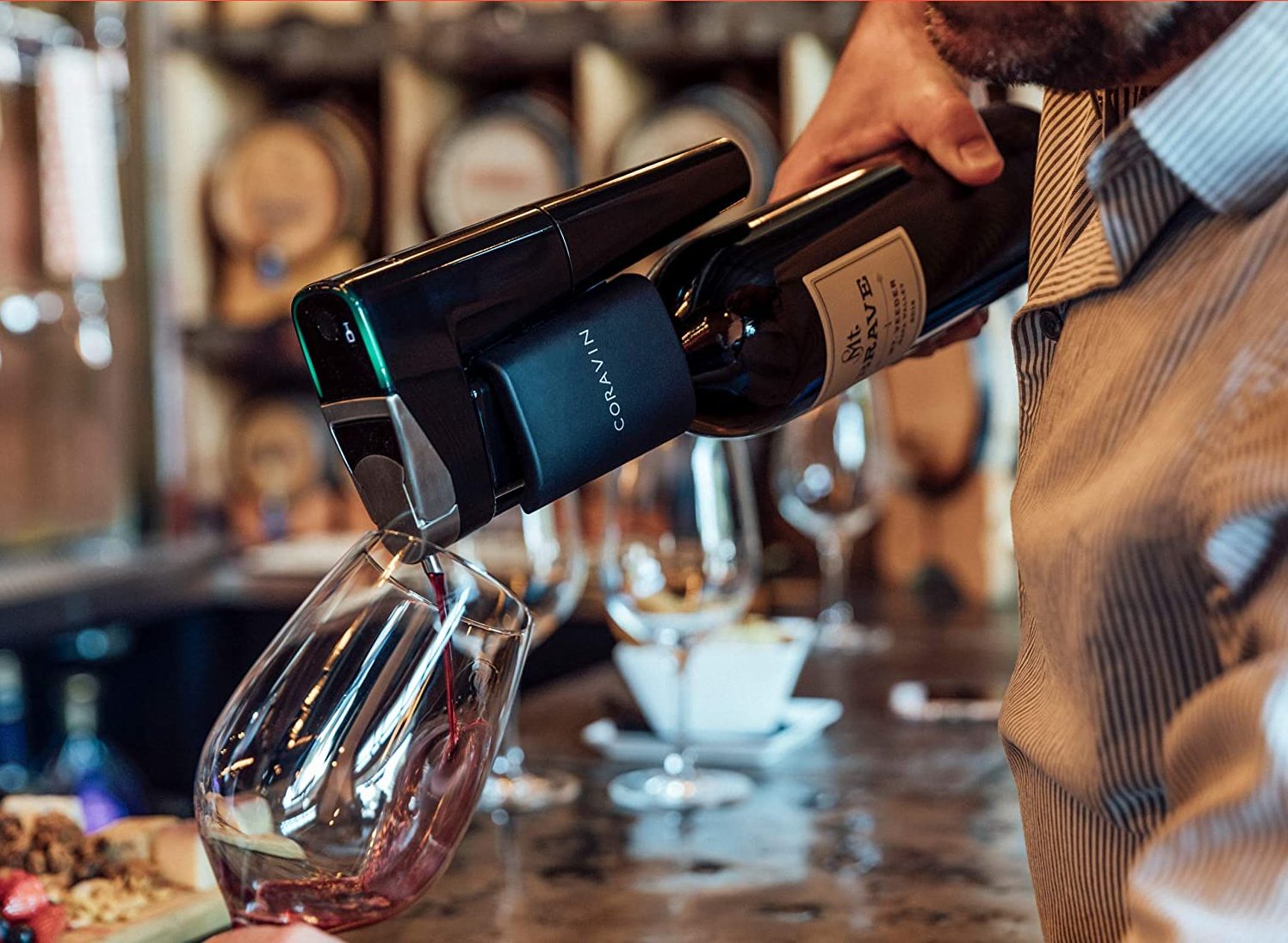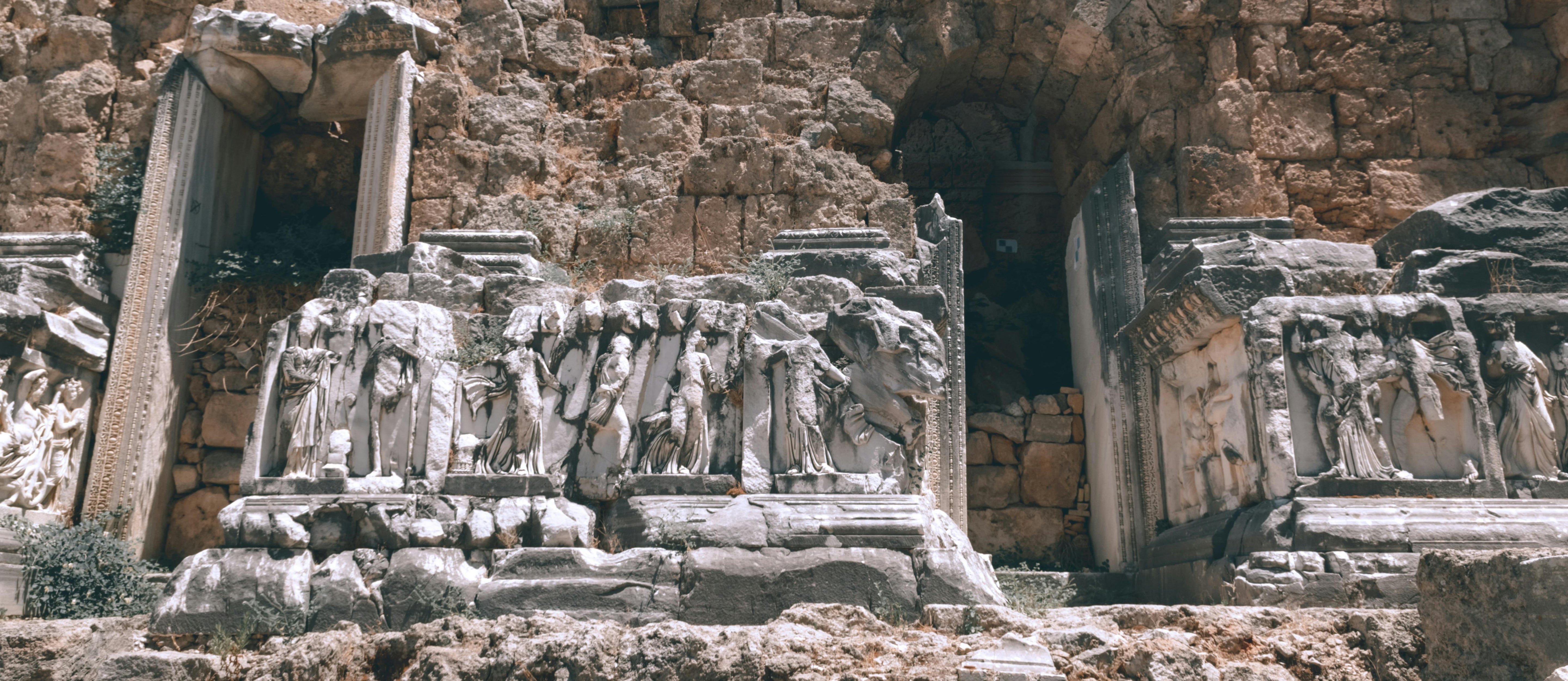A wine cellar cooling system is the lifeblood of any wine cellar. Wine cellar cooling systems control the elements like temperature, humidity, airflow, and other factors that impact the wine aging process.
Graciously aging fine wine unlocks subtle flavours, textures, tastes, and aromas that increase the experience when enjoying wine in an elegant wine glass. Wine cellar cooling systems create the perfect environment in your wine cellar to store wine and begin the wine aging process.
But how do you select the right system for your wine cellar? What do you need to know before investing your time and money into a wine cellar cooling system? In this guide, we’ll dive into examples of premium cooling systems and answer common wine cellar cooling system FAQs. Use these explanations as your guide to develop the lifeblood of your custom wine cellar.
Types of wine cellar cooling systems
The first thing you should know is that there are different types of wine cellar cooling systems. Depending on how you’ve built your custom wine cellar, there may be a certain type of cooling system that best complements your design.
Here’s a brief overview of the different types of wine cellar cooling systems, their benefits, and what to consider when selecting the model for your personal home cellar.
What is a split wine cellar cooling system?
A split cooling system for a wine cellar consists of two main components: the evaporator and the condenser. These components are installed in different locations to efficiently cool the wine cellar while minimizing noise and heat within the cellar itself. Here's a detailed breakdown of how it works.
Evaporator unit
The evaporator unit is installed inside your wine cellar because its primary function is to circulate cool air within the cellar. It absorbs and filters out warmer air within the cellar using refrigerant circulation, protecting your wine from harmful hotter temperatures. The evaporator unit is a critical component of your split wine cellar cooling system that sets the optimal temperature within your storage cellar.
Unlike the condenser unit, the evaporator unit operates very quietly, so much so that you may not even hear the unit at work. This helps maintain a very serene atmosphere within your cellar if you have guests over for a wine tasting party and show your beautifully sculpted cellar.
Condenser unit
The condenser unit is installed outside the wine cellar, often in an adjacent room or even outside your home. Its primary function is to dissipate the heat that the evaporator unit absorbs by compressing refrigerant and releasing heat through built-in coils and fans.
Due to its compressing mechanisms, the condenser unit is louder than the evaporator unit, which is why many wine lovers try to install the condenser unit outside the home. However, since it is stored away from the wine cellar, the noise will not impact the wine aging process.
Benefits and considerations of a split cooling system
There are many benefits and things to consider when purchasing a split wine cellar cooling system. Here are the main benefits of selecting a split cooling system for your wine cellar.
- Quiet operation: The noisy condenser unit is outside the cellar, maintaining comfortable quiet inside the cellar.
- Efficient cooling: The refrigerant circulation keeps heat away from your wine cellar, creating a more efficient cooling system.
- Flexible installation: More flexibility to install the components accommodates custom wine cellar configurations.
Additionally, these are some limitations of split cooling systems that you should be aware of as you weigh your options. Factor these details into consideration as you select the best cooling system for your particular wine cellar.
- Complex installation: Refrigerant lines must run between the evaporator and condenser units, which complicates the setup.
- Regular maintenance: Both units require regular maintenance, especially to upkeep proper refrigerant levels and cleaning coils.
What is a ducted cooling system?

A ducted cooling system uses ductwork to distribute cooler air and manage airflow throughout your wine cellar. Their flexible designs and simple installations make ducted systems highly versatile components that are perfect for passionate wine collectors.
The cooling system complements the unique aesthetics of virtually any custom wine cellar. That means you don’t have to sacrifice the signature look and feel you created when you first constructed your custom wine cellar. The versatile design and simple installation are two ways that increase the value of a ducted wine cellar cooling system. Here's a detailed breakdown of how it works.
Cooling Unit:
The cooling unit is installed outside your wine cellar to control temperatures and manage airflow inside your storage cellar. Unlike split cooling systems, the ducted system contains both the evaporator and condenser components within the same unit. Air is distributed through ducts and, with the unit outside the cellar, it lessens noise inside your cellar.
Ductwork:
The ducted system contains three distinct ducts that all work together to control temperature and airflow throughout your wine cellar.
- Supply ducts: Carry cool air from the cooling unit to the wine cellar.
- Return ducts: These ducts return warmer air from the wine cellar back to the cooling unit so it can be cooled again.
- Duct design: Ducts can be designed to be hidden within walls, ceilings, or floors to maintain the wine cellar's aesthetic appeal.
- Diffusers or vents: Diffusers or vents are installed within the wine cellar, typically on the ceiling, walls, or floor. They evenly distribute cool air throughout the cellar, creating a consistent temperature throughout.
Benefits and considerations of ducted cooling systems
There are many benefits and considerations to think about when selecting a ducted cooling system. Here are some of the main benefits of the products.
- Aesthetic appeal: The cooling unit and ductwork are hidden from view, ensuring clear, uncluttered wine cellars.
- Quiet operation: You control noises and vibrations within the wine cellar.
- Even temperature distribution: Ducts and diffusers evenly distribute cool air inside the cellar, maintaining ideal temperatures for proper wine storage.
- Flexibility in design: Ducted systems are very flexible, perfectly configured for unique cellar designs.
Additionally, here are some considerations to think about as you select a ducted wine cellar cooling system. Determine if the benefits outweigh the difficulties as you select the optimal wine cellar cooling system for your home.
- Installation complexity: Complex ductwork may require professional design and installation.
- Initial cost: Initial setup costs are higher due to ductwork and extensive installation labour.
- Regular maintenance: Routine maintenance involves checking ducts for any blockages or leaks.
What is a through-the-wall cooling system (TTW)?
A through-the-wall cooling system, also known as a self-contained cooling system, is a unit that provides an efficient and straightforward way to cool a wine cellar.
This system is particularly popular for smaller wine cellars, creating one of the most efficient wine cellar refrigeration units. It’s one of the easier wine cellar cooling systems to install and maintain.
Here's a detailed explanation of how it works.
Self-contained unit
You can create a designated space in your wine cellar for your ductless cooling system. The evaporator and condenser components are stored within a single casing in the system, all of which can be installed directly within the wall.
Since the unit is partially installed inside the cellar, you can anticipate some noise to reverberate throughout the cellar. However, modern ductless cooling systems are designed to operate quietly so as not to disrupt the peaceful environment of your wine cellar.
Convenient mounting
The cooling system is mounted through a designated hole cut into the wall of your wine cellar. The evaporator side faces into the direction of the wine cellar, while the condenser side faces outward towards an adjacent room, garage, or outdoor space.
You can also install a sleeve or casing to support the cooling system. This is used to improve stability and insulation.
Benefits of a Through-the-Wall Cooling System:
There are many benefits and considerations to think about when selecting a ductless cooling system. Here are some of the main benefits of the products.
- Easy installation: These units are easy to install, often requiring just a wall opening and a power source. There is no need for complex ductwork or separate components.
- Cost-effective: Initial costs are generally lower compared to split or ducted systems due to the simplicity of the setup.
- Space-saving: These units are ideal for smaller wine cellars because they don’t take up much space and have flexible designs.
- Low maintenance: With fewer components and no ductwork, maintenance is simpler and less frequent.
Additionally, here are some considerations to think about as you select a ducted wine cellar cooling system.
- Noise level: While designed to be quiet, the unit's presence inside the cellar means some operational noise may be noticeable.
- Heat displacement: The unit expels heat into the adjacent room or outdoor space, which requires adequate ventilation to avoid heat buildup.
- Aesthetic impact: The visible unit inside the cellar may affect the overall aesthetic, though some units are designed to be unobtrusive.
- Cooling capacity: Through-the-wall systems are typically best suited for smaller to medium-sized cellars. For larger cellars, multiple units or an alternative cooling system might be necessary.
What are common wine cellar cooling system FAQs?

Now that you know more about the different types of wine cellar cooling units, what are some questions you should know as you select a wine cellar cooling system for your cellar? Here are some of the most common FAQs with helpful answers so you can make well-informed decisions.
Do I need a cooling unit for my wine cellar?
Once you build your custom wine cellar, the next most important thing to consider is setting the right temperature within your cellar. If you’ve built your wine cellar in a naturally cool space, then you can manually test the temperature in your cellar. The ideal temperature ranges between 12-15° C (45° F and 65° F), and most wine experts say 14° C is the best temperature to store your wine.
After running your test, look at the temperature in the cellar room. If it falls outside the optimal range, or it fails to consistently remain in that range, then you should invest in a wine cellar cooling unit to help control the temperature.
What factors should I consider when choosing a wine cellar cooling unit?
In most cases, there are four main factors to consider when choosing a wine cellar cooling unit:
- The total square footage of your wine cellar
- How much you’ve insulated your cellar from the elements
- What types of wine you intend to store in your cellar
To learn more about each of these factors and their impact on the wine aging process, read our guide to better wine for additional details.
How long do wine cellar cooling systems last?
Provided that you maintain the units by keeping them clean and functional, a quality wine cellar cooling system can last for many years. We recommend selecting a wine cellar cooling system from one of our partner brands, WhisperKool, CellarPro, or Wine Guardian, which all manufacture quality wine cellar cooling units built to endure the test of time.
How do I know if my wine cellar cooling unit is the right size?
The square footage of your wine cellar determines the size of the wine cellar cooling unit that you’ll require. Not surprisingly, larger cellars require larger cooling units to control the temperature.
You’ll also need to factor in variables like humidity and lighting, both of which can cause temperatures in confined spaces to rise. If your cellar has several large windows, light can easily penetrate the cellar space, causing the environment to rise in temperature. Additionally, if the environment creates humid and muggy conditions, you need a wine cellar cooling system to counteract the humidity effect.
We recommend that you contact our wine cellar consultants to discuss your project needs and storage requirements.
Email: info@rosehillwinecellars.com or call us at 1-888-253-6807.
How does a wine cellar cooling unit work?
Wine cellar cooling units use built-in condensers and evaporators to cool the air inside your wine cellar. The components filter warmer air through the cooling unit so that it blows outside your wine cellar and protects your wine.
How often should I perform maintenance on my wine cellar cooling unit?
You’ll want to check the water conditions in your cooling unit fairly regularly, and you should also regularly check for vibrations or unusual noises in the unit that may indicate loose debris is impacting its performance. Generally, try to perform routine maintenance on your wine cellar cooling system once a month to confirm the unit continues to operate properly.
Rosehill Wine Cellars offers service and preventative maintenance plans to offer worry free operation and security of your wine.
Are wine cellar cooling units energy efficient?
Most modern units are built to be energy efficient, though the type and size of the unit will determine how much energy they require. If you’re concerned about the energy efficiency of your wine cellar cooling unit, check with the manufacturers for more information before you complete your purchase.

Call 888.253.3807 or email us at info@rosehillwinecellars.com to speak to one of our cellar design consultants.

